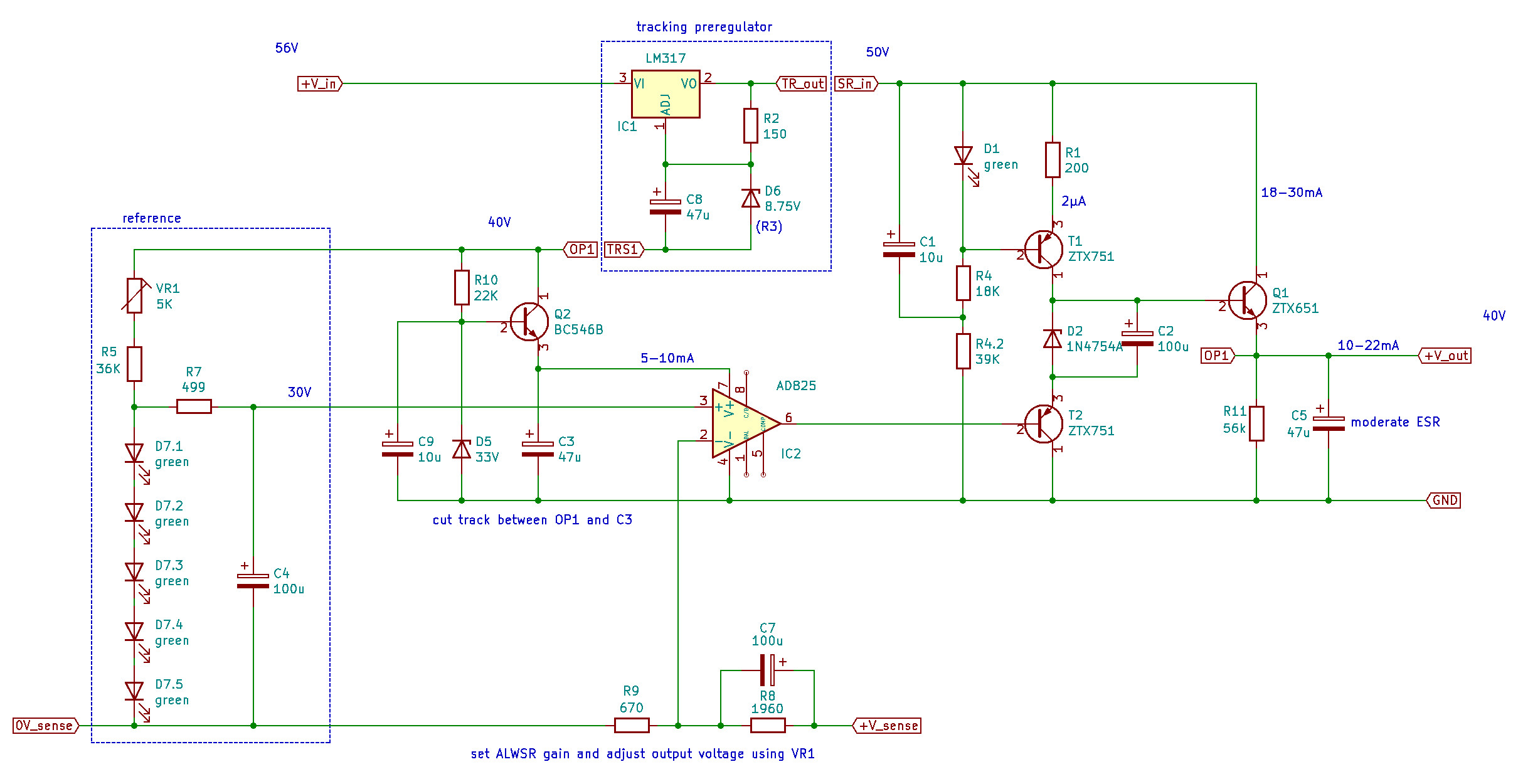Which user manual did you use, the latest that I successfully used is here
Which BOM did you use, I used this one here
All PCBs will lose pads on rework if you are not careful and sometimes even if you are. The hardest bit for me was fitting the pins for the wiring in the PCB, they are tight as. The PCBs are entirely adequate in my opinion.
I would agree there are some ambiguities in the documentation and BOM and areas that could be clearer, but then this is work given freely by an individual and kept alive within a community, ask for help or clarification, be patient, nobody is getting rich (or even any money!) doing this so it may make time. Hopefully you will get there and it will be worth it.
Which BOM did you use, I used this one here
All PCBs will lose pads on rework if you are not careful and sometimes even if you are. The hardest bit for me was fitting the pins for the wiring in the PCB, they are tight as. The PCBs are entirely adequate in my opinion.
I would agree there are some ambiguities in the documentation and BOM and areas that could be clearer, but then this is work given freely by an individual and kept alive within a community, ask for help or clarification, be patient, nobody is getting rich (or even any money!) doing this so it may make time. Hopefully you will get there and it will be worth it.


